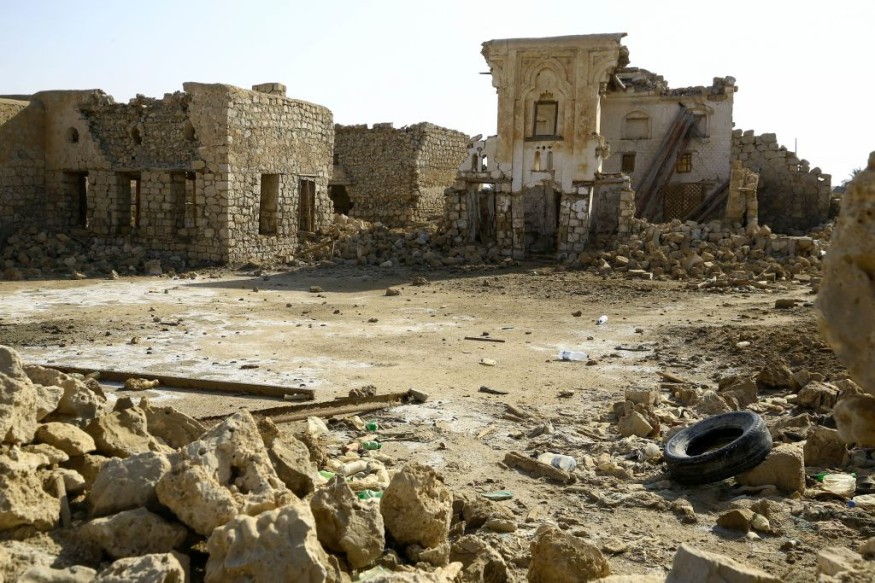Cahokia left no trace of concrete evidence on how its Cahokia Indian inhabitants disappeared by 1350. After thriving between the 9th and 14th centuries, the Cahokia civilization suddenly disappeared-which baffled a generation of scientists for years on the real cause of Cahokia's end.
The ancient North American city was believed to be an agricultural society that relied on fishing and trade along the Mississippi River. In a place that is now situated in southern Illinois, the once Native American civilization is now a historical site and tourist attraction.
Cahokia Mounds State Historic Site

The Cahokia Mounds State Historic Site is the location of the ancient North American city of Cahokia-situated along the Mississippi River; between Collinsville and St. Louis in Illinois, USA. The site consists of dozens of platforms, public, and residential areas for various activities.
Also called the Cahokia Mounds, which are also near the Monks Mound and Mound 72, the site has been a tourist attraction with thousands of visitors reported every year. The site is well-preserved and protected until this day.
The Cahokia Mound site derived its name due to the erected 120 man-made mounds with varying shapes and sizes. The United Nations Educational, Scientific, and Cultural Organization (UNESCO) classify the Cahokia Mounds State Historic Site as one of its 24 UNESCO World Heritage Sites in the US.
Pre-Columbian, Ancient North American City
The ancient North American city of Cahokia thrived between the years 800 and 1350 across the Mississippi Valley and the southeastern areas of the United States. Cahokia is best known for its large and earthen mound structures.
Prior to the discovery of Italian explorer Christopher Columbus of the Americas, Cahokia Indians once dominated the region, as per The Washington Post. At its peak, the ancient city was comprised of approximately 15,000 Cahokians or Native American Indians.
Cahokia was considered to be the largest city ever built prior to the arrival of Columbus-who navigated the Atlantic Ocean and led to the colonization of settlements in the Americas. Furthermore, Cahokia also reportedly built observatories, pyramids, and engaged in human sacrifice.
However, the arrival of Columbus in 1492 already saw an abandoned Cahokia city-a mysterious phenomenon that confused historians, archaeologists, and other scientists alike for several centuries.
End of Civilizations: Cahokia, Mayan, and Aztec
Unlike the ancient Aztec civilization which historically ended in the hands of Spanish conquistadors in 1521, the ending of the Cahokia and Mayan civilizations has remained a mystery until now. However, recent studies have suggested that natural causes may have triggered the destruction of these civilizations.
Ancient Flooding
Various factors, including human-caused and natural disasters, may have led to the disappearance of the Cahokia civilization.
In a study published in the Proceedings of the National Academy of Sciences of the United States of America, researchers highlight the role of climate change and flooding in the downfall of Cahokia. The study determined the time of major floods along the Mississippi River for the past 1,200 years.
Its researchers used sediment cores to conclude that Cahokia emerged as a new civilization during a time when there has been a so-called massive flood in North America.
Related article: Ancient American City Cahokia was a 'Melting Pot': Researchers Find
© 2025 NatureWorldNews.com All rights reserved. Do not reproduce without permission.





